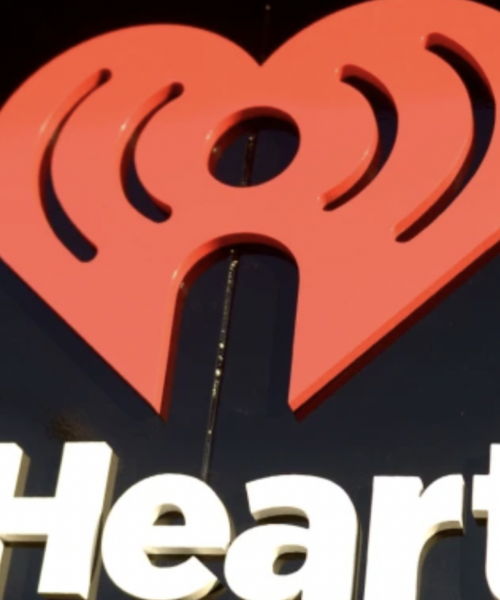BY ALEX WEPRIN | HollywoodReporter.Com
Troy Warren for CNT #Digital
Hulu, Peacock, Paramount+ and Discovery+ are among the services offering steep discounts this week to entice new subscribers.
Viewers of Good Morning America on Tuesday were offered a special sneak preview of what could be the biggest Black Friday offer in streaming video: one year of Hulu for 99 cents per month, a $6 discount per month or a $72 discount for the year.
That Disney would use its signature ABC morning show to launch the offer underscores just how much returning growth to its streaming business matters to the company. In its last quarterly earnings report earlier in November, Disney reported slower-than-anticipated streaming subscriber growth, with Disney+ only adding 2 million subscribers, and Hulu adding a mere 700,000, bringing its total to 43.8 million.
The steep Hulu discount — its biggest discount since a similar Black Friday deal in 2018 — underscores the efforts Disney is pursuing as it seeks to turn the growth engine back on.
But Disney isn’t alone in trying to use Black Friday and Cyber Monday to kick-start streaming subscribers. A number of other streaming services, many of which have struggled to take off in the same way that Disney+ and Hulu have, are also using the strategy this year.
Just like Disney used ABC’s GMA for its Hulu deal, NBCUniversal used the Today show to launch a Black Friday deal for its streaming service Peacock, offering 50 percent off Peacock Premium for six months (it’s normally $4.99 per month). Recent reports have pegged Peacock’s premium tier as only having paid subscribers in the single-digit millions.
ViacomCBS’ flagship streaming service Paramount+, meanwhile, is offering one month of its premium plan for free (it’s normally $9.99), highlighting access to live NFL games and Star Trek: Discovery to entice potential subscribers. Paramount+ and sister service Showtime have a combined 47 million subscribers, though the company doesn’t break out the numbers by service.
Elsewhere, ahead of a potential sale or spinoff, Starz is offering six months for $20 (normally $43.99); Discovery is offering Discovery+ for $0.99 per month for three months (it’s normally $4.99); and AMC is offering AMC+ for $1.99 per month for a year (it’s normally $8.99).
These steep discounts are all in pursuit of the same goal: bringing in new subscribers at a time when consumers have more streaming options than ever before. While Netflix has seemingly become a prerequisite for streaming consumers (and Disney+ is not too far behind it in the U.S.), the rest of the landscape remains fractured, and below that top tier of services, massive subscriber scale remains a long-term goal, rather than the status quo.
But discounts can be expensive, and while advertising can (and does) offset lower subscription rates (Hulu’s average revenue per user or ARPU is $12.75 per month despite most subscribers paying for the base plan), it’s ultimately a short-term play for scale, rather than a long-term strategy, as some consumers will inevitably churn off services they don’t use.
A report from Kantar suggested that many consumers are “surfing” services, moving from one to the next to watch specific programming, before canceling and moving on. Kantar’s latest Entertainment on Demand Barometer suggests that consumers are more likely to “stack” services, paying for multiple options at once.
“This high stacking and growth of share among maturing platforms in Q3 2021 indicate that below the surface the market can shift quickly,” the Nov. 11 report says. “Although we don’t anticipate huge losses for the overall VOD market in Q4 2021, the share of subscriptions may continue to change. Platforms who keep their viewers engaged with leading content will determine who wins in this high stacking market ongoing.”
But just as its massive scale gives it an enormous lead in the global streaming wars, Netflix is also using it to edge out its competitors in another area: profit margins. The streaming giant does not offer Black Friday discounts, and even ended its free trial period in the U.S. in 2020. That lets its subscriber fees accrue straight to the bottom line.
So while other streaming competitors fight for subscribers via steep, albeit limited-time, discounts, Netflix is still chugging away with its full-price offering. But even it has seen its growth stall, and while it is exploring new areas like gaming and merchandise to keep people engaged, if the discounts work for Hulu and Paramount+, it’s a strategy that Netflix could reconsider.
In Other NEWS



































